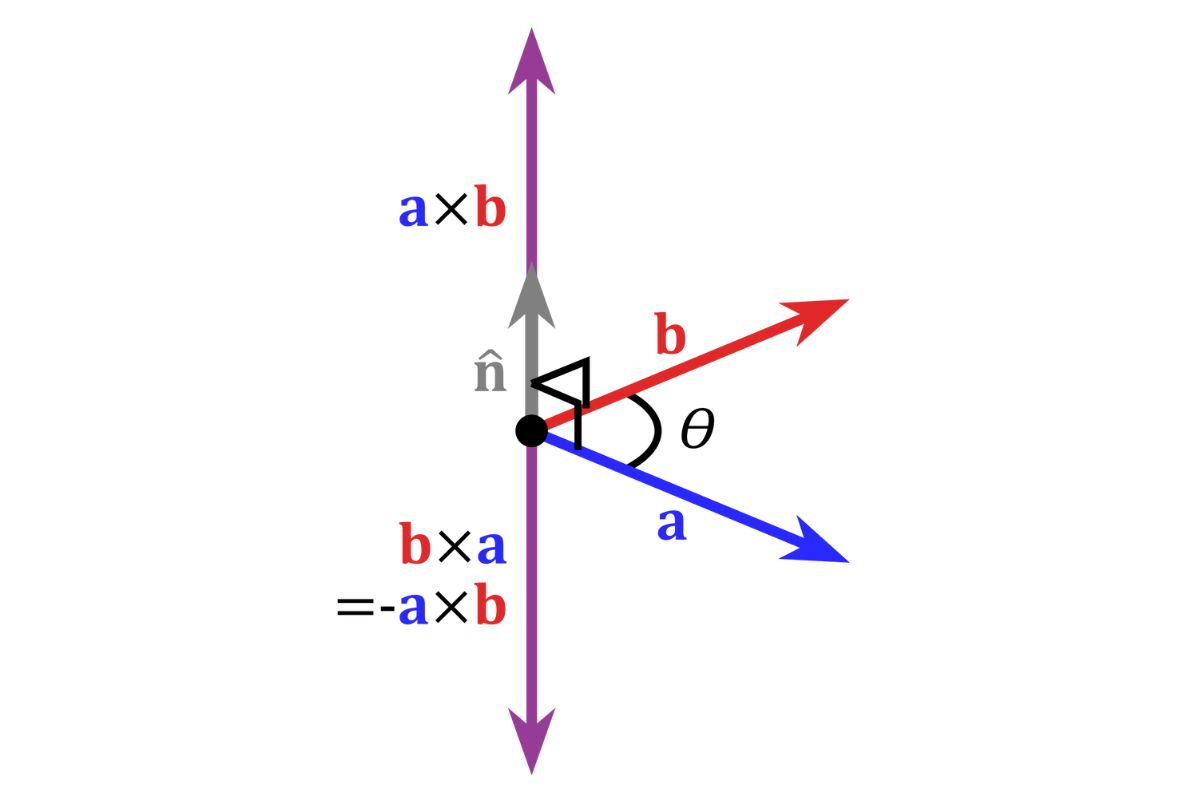
What is Geometric Measure Theory? Geometric Measure Theory (GMT) is a branch of mathematics that merges geometry, calculus, and measure theory to study shapes and their properties. Why is it important? GMT helps solve complex problems in various fields like physics, engineering, and computer science. What makes it unique? It focuses on understanding the structure and behavior of irregular shapes, which traditional geometry can't handle. How does it work? By using tools like varifolds and currents, GMT provides a framework for analyzing shapes in higher dimensions. Who uses it? Researchers, scientists, and engineers use GMT to tackle real-world problems involving intricate shapes and surfaces. Why should you care? Understanding GMT can open doors to advanced studies and innovative solutions in technology and science.
What is Geometric Measure Theory?
Geometric Measure Theory (GMT) is a branch of mathematics that studies geometric properties and measures of sets, typically in Euclidean space. It combines techniques from calculus, geometry, and measure theory to solve problems involving shapes and sizes.
- GMT originated in the 1950s, primarily through the work of Herbert Federer and Wendell Fleming.
- It is used to study the properties of surfaces and curves in higher dimensions.
- GMT helps in understanding minimal surfaces, which are surfaces that locally minimize area.
- The theory is crucial in solving the Plateau problem, which involves finding a surface with minimal area bounded by a given contour.
Key Concepts in Geometric Measure Theory
Several fundamental concepts form the backbone of GMT. These concepts help mathematicians analyze and solve complex geometric problems.
- Hausdorff Measure: A generalization of the concept of length, area, and volume.
- Rectifiable Sets: Sets that can be approximated by a countable union of Lipschitz images of compact sets.
- Currents: Generalized surfaces used to study variational problems.
- Varifolds: Generalized surfaces that allow for the study of geometric variational problems without a fixed orientation.
Applications of Geometric Measure Theory
GMT is not just a theoretical field; it has practical applications in various domains.
- GMT is used in image processing to analyze shapes and structures.
- It helps in material science to study the properties of materials at a microscopic level.
- GMT is applied in computer graphics for realistic rendering of surfaces.
- It aids in the study of biological membranes and their properties.
Famous Problems in Geometric Measure Theory
Several famous problems have been tackled using GMT, showcasing its importance and utility.
- The Plateau problem, solved using GMT, involves finding a surface of minimal area bounded by a given contour.
- The isoperimetric problem, which seeks the shape that encloses a given volume with the least surface area, has solutions in GMT.
- GMT has been used to study the regularity of minimal surfaces, which are surfaces that locally minimize area.
- The Bernstein problem, which involves finding entire minimal graphs, has solutions in GMT.
Important Theorems in Geometric Measure Theory
Several theorems form the foundation of GMT, providing essential tools for mathematicians.
- Federer-Fleming Compactness Theorem: Provides conditions under which a sequence of currents has a convergent subsequence.
- De Giorgi's Regularity Theorem: States that minimal surfaces are smooth except for a set of singularities of codimension 7.
- Allard's Regularity Theorem: Provides conditions under which varifolds are regular.
- Riesz Representation Theorem: Used to represent linear functionals as measures, crucial in GMT.
Modern Developments in Geometric Measure Theory
GMT continues to evolve, with new developments and discoveries enhancing its scope and applications.
- GMT is being used to study fractals, which are complex geometric shapes that can be split into parts, each of which is a reduced-scale copy of the whole.
- Researchers are using GMT to study the geometry of data, which involves understanding the shape and structure of high-dimensional data sets.
- GMT is being applied in machine learning to analyze and interpret complex data structures.
- New techniques in GMT are being developed to study the geometry of networks, which are used to model complex systems in various fields.
Influential Mathematicians in Geometric Measure Theory
Several mathematicians have made significant contributions to GMT, shaping the field and advancing its study.
- Herbert Federer: One of the founders of GMT, known for his work on geometric integration theory.
- Wendell Fleming: Co-founder of GMT, known for his contributions to the theory of currents and minimal surfaces.
Final Thoughts on Geometric Measure Theory
Geometric Measure Theory (GMT) isn't just for mathematicians. It has real-world applications in physics, computer science, and even biology. Understanding GMT helps in solving complex problems involving shapes, surfaces, and their properties. From fractals to minimal surfaces, GMT provides tools to analyze and interpret various phenomena. It bridges the gap between pure and applied mathematics, offering insights that are both theoretical and practical. Whether you're a student, a researcher, or just curious, diving into GMT can open up new ways of thinking about the world around us. So, next time you encounter a complex shape or surface, remember that GMT might just have the answers you're looking for. Keep exploring, keep questioning, and let the beauty of mathematics guide you.
Was this page helpful?
Our commitment to delivering trustworthy and engaging content is at the heart of what we do. Each fact on our site is contributed by real users like you, bringing a wealth of diverse insights and information. To ensure the highest standards of accuracy and reliability, our dedicated editors meticulously review each submission. This process guarantees that the facts we share are not only fascinating but also credible. Trust in our commitment to quality and authenticity as you explore and learn with us.
